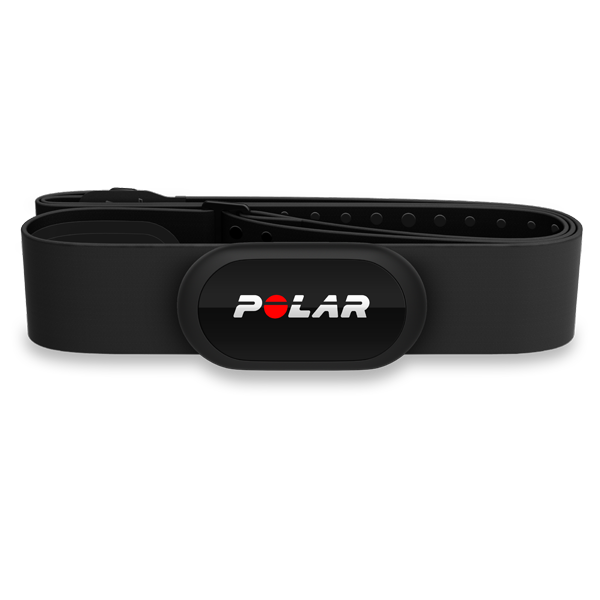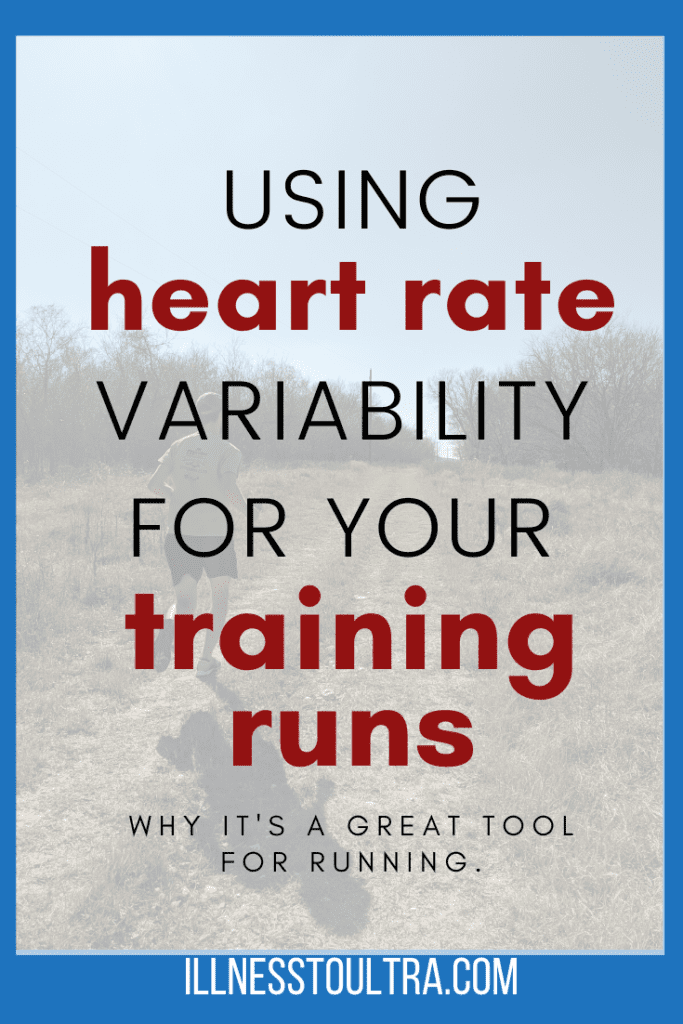What is Heart Rate Variability?
Heart rate variability (HRV) is the measurement of time between heartbeats, named the R-R interval. Results which are more variable gives a higher HRV and vice-versa. Most people will know their resting heart rate, or at least understand what heart rate represents. But it may come as a surprise that the timing of the heart rate is not metronomic. There are tiny fluctuations in these R-R intervals, which is an indicator of fitness and stress on the body and this is what we are going to explore further.

What can Heart Rate Variability tell us?
There are many ways to analyze HRV, but in a simplistic approach, the higher your HRV, the better. But this does not tell the full story. When the body has been stressed and is recovering, for example, the morning after a hard workout, the R-R interval becomes a lot more rhythmic, therefore lowering HRV. The R-R interval will become more rhythmic with any stressful situation exerted on the body, whether it be recovery from training, illness or even food allergies; essentially, anything that can stress your body. So in the inverse to this, a well-rested body will lead to more sporadic R-R intervals, and HRV goes up.
Using this information we can find the optimal time to train without questioning our thoughts. From here we can tune our training plans and also look for trends in the data to further our performance.
If you’re fighting with a chronic illness you’ll have extra considerations to think about, if that’s you I’d highly recommend reading through another of my blog posts. “How to train with a Chronic Illness“.

How do we test HRV?
Measuring HRV is relatively simple, although it takes patience and consistency. One of the most significant issues to understand is that HRV values are personalized. Therefore we should not compare scores with one another as everybody’s baseline is very different. In addition to this, it is essential to work out a baseline value before amending training routines.
To perform HRV measurements, a standard fitness heart rate monitor will be needed. Although smartwatches often have HR functionality, they are not accurate enough to gather this information. Next, we’ll need a mobile application that kicks off the measurement and aggregates the data. I’ve found Elite HRV to be the most straightforward application to use. Just follow the guidelines in the app, and it will take you through the measurements.
During the first week, the algorithm will be tuning itself to your data, so it’s important to stay consistent. To ensure that no external effects are skewing your measurements it is best to take the reading in the morning just after you wake up. We want the body to be in its most rested state, so it’s important to know that factors like food or mental stress have an effect on the measurement.
The position that you take the reading is also important. Elite HRV Video explains that it is ideal to measure while sitting and resting in a chair. Some applications show that it is best to take the analysis while lying down, but information has been demonstrated that this suppresses the response and renders it hard to extract the data.

Is Heart Rate Variability good for Running?
I’ve been taking my HRV every morning for about three months now, and the results are impressive. I’ve found some great correlation with my training, and sometimes it’s obvious to see that I can push further. However, the effect on my joints in response to pushing harder in my activities will still cause issues.
On the other hand, some results have been hard to explain. One anomaly came about when I had super high HRV reading, but the Elite HRV readiness reading was red. A higher HRV, as I described previously, is better. However, as we can see, this is not always the case. We know many different things can affect the reading, but in this instance, the result was unknown. I didn’t feel too different; maybe a bad night’s sleep but nothing too drastic. I did repeat tests to ensure that it was correct and all three tests produced similar results. So either there was a bug in the software, or I was run down. Therefore I’d advise taking the HRV reading as a gentle guide but not a complete solution.
Like this post? Pin it and follow me for more posts like this!

